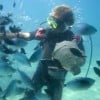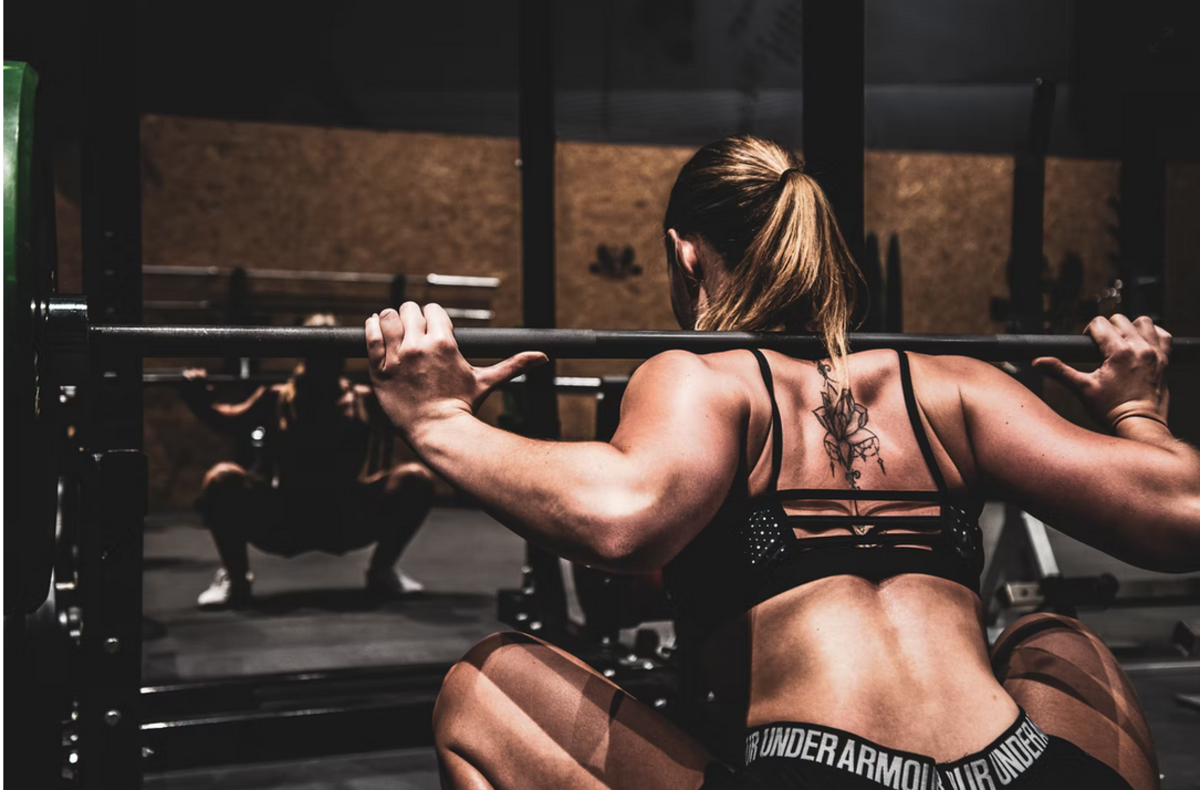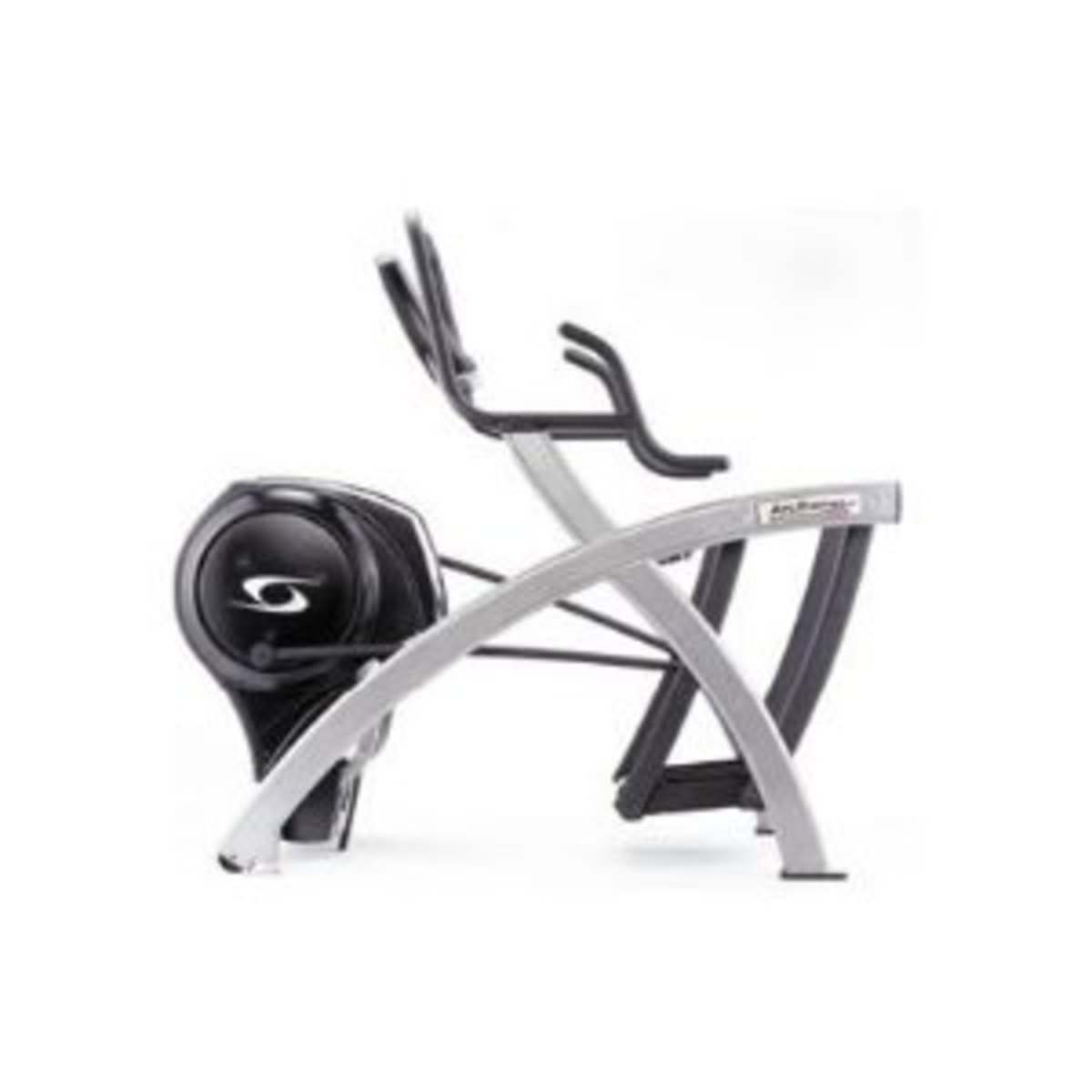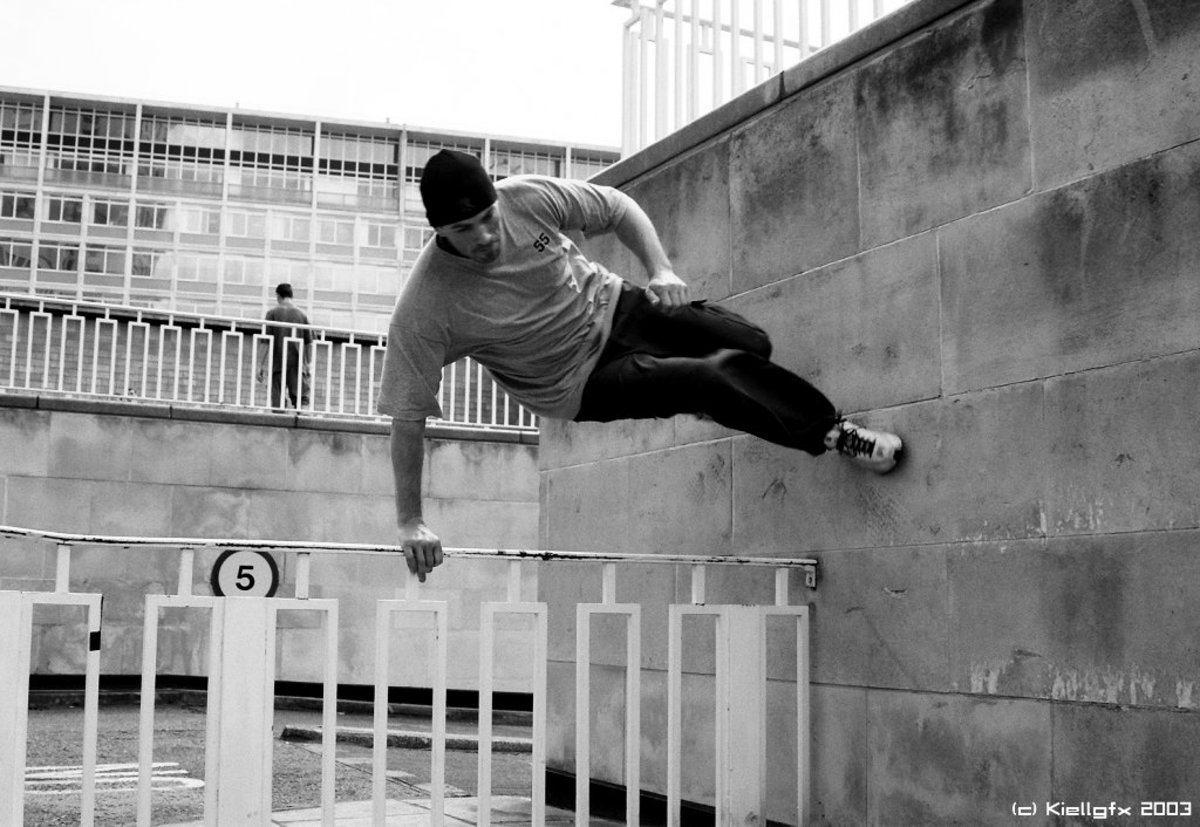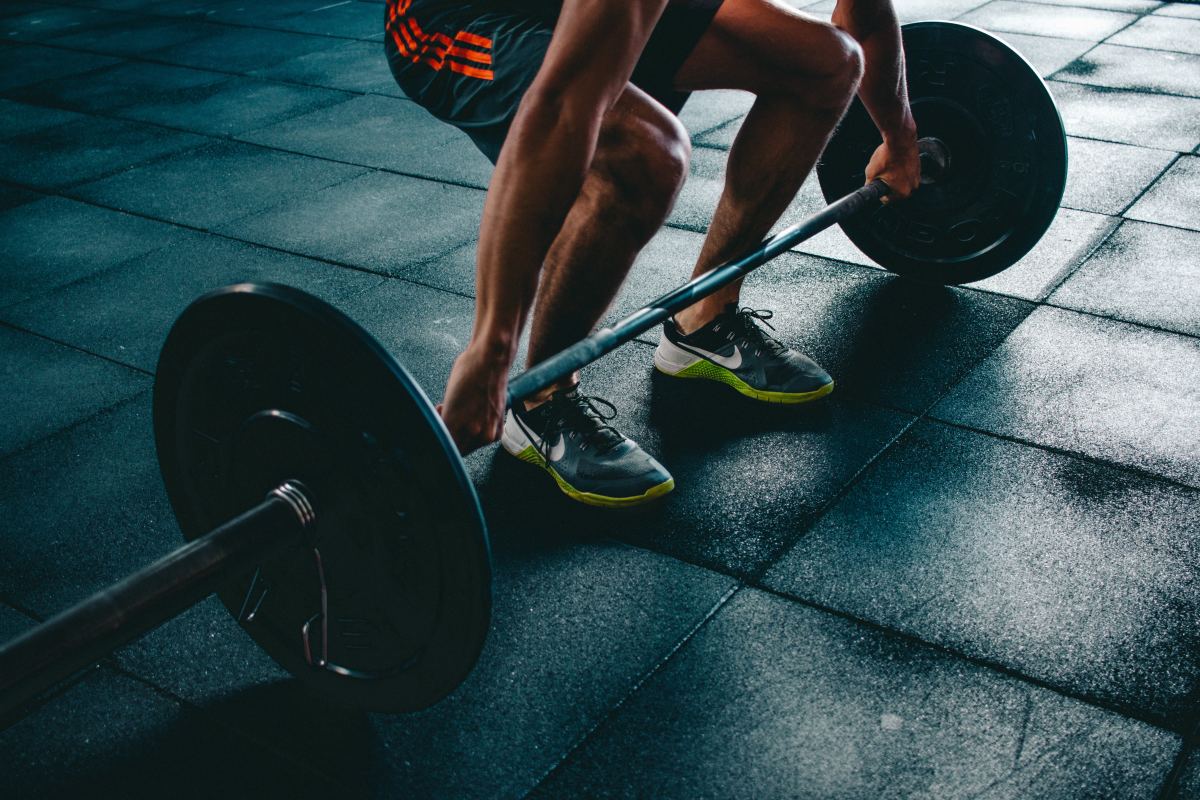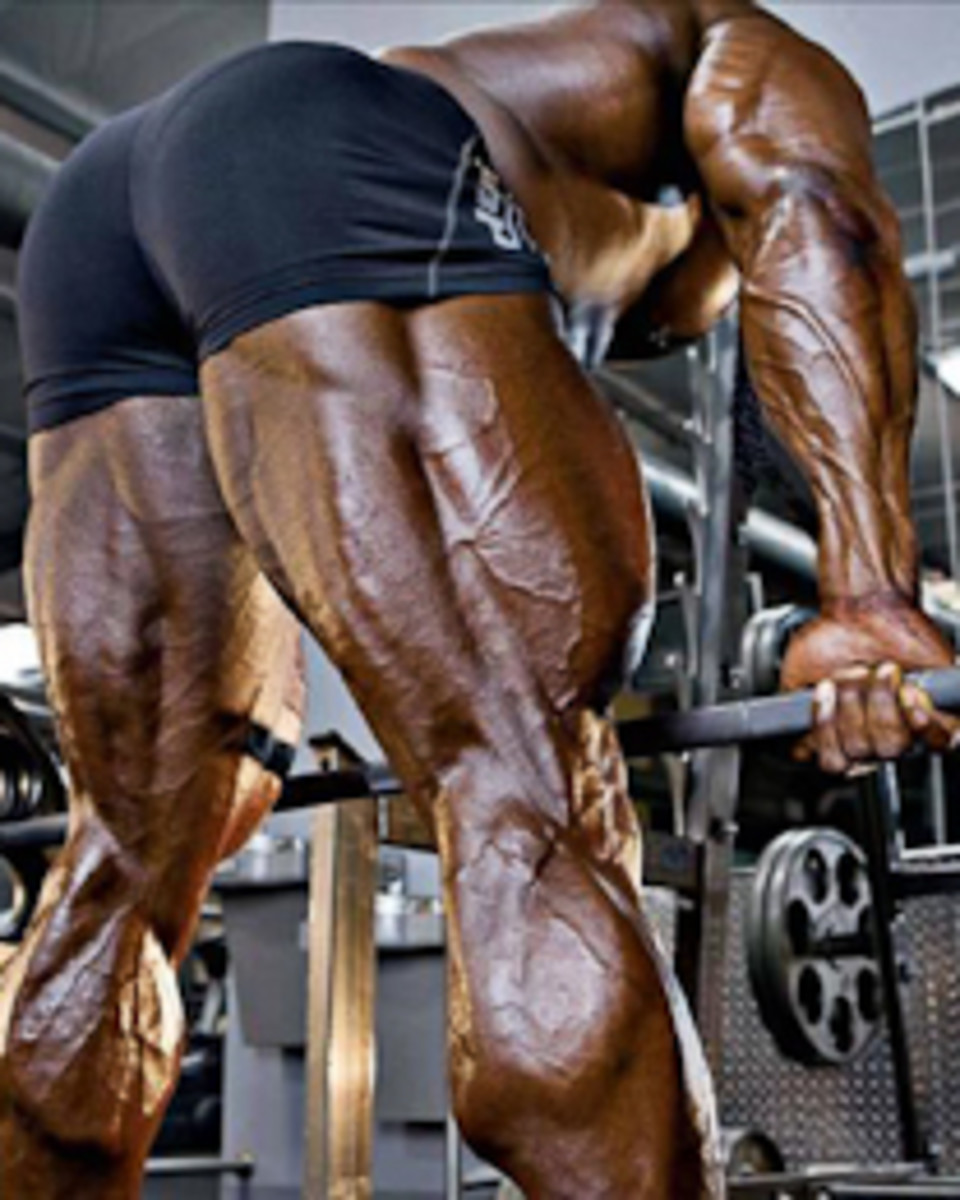Resistance Cords Exercises and Workouts
Resistance cords exercises - video demonstrations
Resistance cords exercises, also known as resistance band exercises, can be an effective low impact method of resistance training. I've been asked many times about the kinds of exercises that can be done using resistance cords (and this is only limited by your imagination), so I've put together this hub, complete with videos. I hope you will be able to get some great ideas for your own workouts!
Types of resistance cords that you can exercise with.
There are a wide variety of elastic resistance cords that you can exercise with. Generally the different colors represent the level of resistance with darker colored cords (black, blue) indicating heavy resistance, while lighter colored cords (yellow, green) indicate lighter resistance for you exercises. However, there are differences between brands and they do not all use this color coding system. There are also a variety of handles and straps that attach to the resistance cords depending on the type of exercises that you would like to use them for. Some handles are designed specifically for round cords, while other handles are designed for flat bands. Both round cords or flat bands are able to provide a wide range of resistance levels, but it is helpful to use the correct handles to avoid accidentally damaging the cords (or bands) at the point where the handle attaches. If you don't have a handle it is also possible to just tie a loop in the end of the cord. In either case, once you can hold the resistance cords easily, there are many different exercises to try. Please check out the videos below for some ideas.
Where do you do resistance cords exercises?
I use resistance cords exercises
Lunge into Gluteal lift extension
This is a great compound exercise using resistance cords to exercise your gluteals, quads, hamstrings and also calves as well as a range of other muscles involved in stabilizing your hips and trunk. Additionally you will also use muscles in your wrists and arms to maintain the resistance cords in the right position during the exercise. With most of these exercises aim to do 10-12 repetitions, maintaining correct form and technique. If this is too easy, upgrade to a stronger resistance level, shorten the length of tubing, or double up so you have two lots of tubing.
- Hip Labral Tear
If you have pain at the front of your hip that has been difficult for a health professional to diagnose or successfully treat, it may be a hip labral tear. Hip labral tears...
Outer thighs and gluteals
This is a nice exercise to work your outer thighs (tensor fasciae latae) and the muscles in the side of your buttocks (gluteus medius). Try to keep you legs quite straight with only a very slight bend in your knees. However, if you are being limited by pulling behind your knees, just bend them a touch more. If you do this exercise correctly you will feel a strong burn in your gluteals at around 15 reps. If you are feeling the burn before 10 reps then hold the resistance cords further away from your feet (to make it easier). If the opposite is true, and you are finding that this is too easy, grip the resistance cords closer to your feet,
Squats and hip abduction (side leg raise)
This is a great exercise for your quads and gluteals. A couple of things to remember while you are doing this one:
- Don't let your knees come in (knock knee) or out too much as you do the squat.
- When you take your leg out to the side, make sure you do not flex your hip (forward), instead, keep your leg in line with your body (not forward or backward) and gently turn your toes inward (to make sure your gluteus medius is working hard)!
Abdominal tucks with leg extension and shoulder flexion
Kneeling rockers with horizontal shoulder abduction
This is another great compound exercise that will work your core (rectus abdominis + oblique and transverse abodminis), and to a lesser extent, your hip extensors (gluteus maximus, hamstrings) and shoulder flexors (anterior deltoid, long head biceps brachi), and your rotator cuff will most likely be working to stabilize your shoulders. Remember to try and keep your shoulders off the ground, it is the isometric contraction of your abdominals keeping your shoulders up that will work your core.
This is another compound exercise. This one turns a routine horizontal shoulder abduction exercise into a whole of core workout. Remember to keep your hips and body straight as you do the kneeling rocker action. The co-contractions required to keep your body straight will work your quads, glutes, back and abs. If your find the shoulder horizontal abduction too difficult grip the resistance cord wider to allow more cord between your hands. If its too easy, grip closer together or use a stronger resistance level cord (or double the cord over).
Bicycling with resistance cords
Usually when you think of a bicycle exercise you expect to work your legs. In this exercise you will use your legs, but you will more likely be limited by the burn in your abs (rectus abdominis) if your are doing it with the correct technique. You will also notice that the level of difficulty will vary quite considerably depending on your arm position. Select an arm position that will allow you to keep the correct form with a smooth motion.
Roll up (sit up) with a front shoulder raises
This exercise will work your abs and your shoulder flexors (anterior deltoid and long head of biceps brachi). Remember speed is not your aim with this. Like most Pilates type exercises, slow and steady controlled movement will give you the best results. Your rotator cuff will also have to work hard to stabilize your shoulders as you raise them in a smooth motion.
Triceps extension with resistance cords in warrior pose
Now this one is not really for beginners. Warrior pose 3 involves standing on one leg with your body straight forward and your other leg straight back (sort of look like a 'T'). Just standing in still in this position can be a challenge. Adding a triceps extension with resistance cords increases the demands on your balance and core stability. If you can manage this keeping a nice long straight line from your head to your elevated foot, great work! If not, you are better to gently let the back foot touch the ground... there will be plenty of opportunity to progress once you get the hang of it.
Teaser with Revers Fly
This is another Pilates style exercise. This one will work core trunk muscles as well your legs and shoulders. If you are unable to simultaneously lift your trunk and legs in a smooth motion, just lower your legs first. The pelvic and trunk control to complete the teaser and then reverse fly is quite challenging and will no doubt help you tone up around the hips and tummy, perhaps even more so than the posterior shoulder muscles you are working with the reverse fly.
Lat pull down and row
This exercise can be done in seating or standing. If you want to challenge your core try sitting on a balance ball. Before you start to move your arms, get your body set in the correct position slightly leaning back (not vertical). From that point on keep your body still. You will find that when your arms start to get tired your will want to move your body back and forward (rather than do the work with your arms).
Squat and bicep curls
Now the video puts the squat and bicep curl together on a bosu ball. This is a great idea to get your balance and stability working while you complete the exercise. If you don't have a bosu ball, you can still complete this same exercise... it will just be easier (you will probably require heavy resistance because your quads and biceps are generally quite powerful muscles). Remember the goal here again isn't to go fast or do deep squats. Instead slow controlled movements are the key (harder than fast movement). You can also add a pause for a few seconds at the bottom of the squat to really challenge those quads.
Decline Chest Press with bridge on bosu ball
Chest press exercise in bridge position
You've probably realized by now that it's always better to work multiple muscle groups (especially core stabilizers) rather than just one at a time. This exercise is no exception. To maintain the bridge position you will need your quads, hamstrings, gluteals, low back (and some abs) to be working hard. The chest press component is pretty straight forward. Remember to push up until your elbows reach a straight position and then lower back down in a controlled manner (don't just let the resistance band recoil).
Lunge on Bosu ball with lateral shoulder raise
This is another great combination exercise working your quads, hamstrings, gluteals (maximus, medius and minimus) as well as your shoulder muscles (combination of deltiods, rotator cuff and scapular stabilizes depending on your action). You can also do this exercise without the Bosu ball, but it adds that extra demand to fire up your core muscles. A couple of tips to keep in mind to maintain a good technique:
- imagine your pelvis is a bowl of water... don't spill a drop. By this I mean keep your pelvis level. Don't let the left or right side of your pelvis drop lower than the other. Also, don't tilt your pelvis too far forward or backward.
- Keep your body upright. Don't curl forward or lean back too much... this may hurt your back.
- Try to keep your legs, and knees pointing pretty much to the front.
